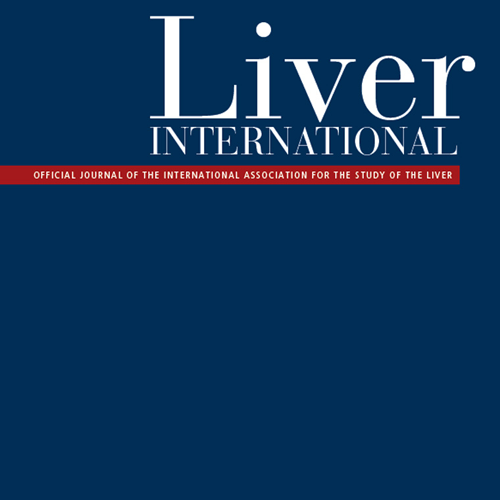Summary
Optimization of hepatitis C virus screening strategies by birth cohort in Italy
Background and Aims
Cost-effective screening strategies are needed to make hepatitis C virus (HCV) elimination a reality. We determined if birth cohort screening is cost-effective in Italy.
Methods
A model was developed to quantify screening and healthcare costs associated with HCV. The model-estimated prevalence of undiagnosed HCV was used to calculate the antibody screens needed annually, with a €25 000 cost-effectiveness threshold. Outcomes were assessed under the status quo and a scenario that met the World Health Organization’s targets for elimination of HCV. The elimination scenario was assessed under five screening strategies.
Results
A graduated birth cohort screening strategy (graduated screening 1: 1968- 1987 birth cohorts, then expanding to 1948-1967 cohorts) was the least costly. This strategy would gain approximately 144 000 quality-adjusted life years (QALYs) by 2031 and result in an 89.3% reduction in HCV cases, compared to an 89.6%, 89.0%, 89.7% and 88.7% reduction for inversed graduated screening, 1948-77 birth cohort, 1958-77 birth cohort and universal screening, respectively. Graduated screening 1 yielded the lowest incremental cost-effectiveness ratio (ICER) of €3552 per QALY gained.
Conclusions
In Italy, a graduated screening scenario is the most cost-effective strategy. Other countries could consider a similar birth cohort approach when developing HCV screening strategies.
Countries: Italy

